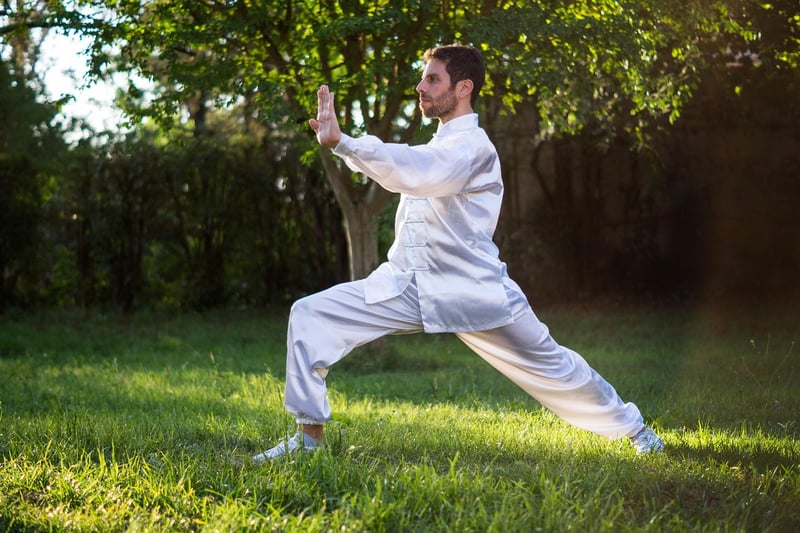Tai Chi Movements
Discover the Serenity of Tai Chi Movements for Mindfulness
Mindfulness is a powerful practice that involves being fully present in the moment, embracing a sense of calm, and nurturing our mind-body connection. Engaging in gentle physical activities can be a wonderful way to cultivate mindfulness, and one such practice that embodies this concept is Tai Chi.
Understanding Tai Chi
Tai Chi, also known as Tai Chi Chuan, is an ancient Chinese martial art that has evolved into a graceful form of exercise and meditation. It involves a series of slow, flowing movements that emphasize relaxation, balance, and inner peace. Tai Chi is often referred to as "moving meditation" because it allows practitioners to focus their minds while moving their bodies in a fluid, mindful manner.
Benefits of Tai Chi for Mindfulness
Practicing Tai Chi can offer a wide range of benefits for both the body and mind. Some of the key advantages of Tai Chi for mindfulness include:
- Improved focus and concentration
- Reduced stress and anxiety
- Enhanced flexibility and balance
- Increased mind-body awareness
- Promotion of relaxation and inner peace
Exploring Tai Chi Movements
There are numerous Tai Chi movements that you can explore to experience mindfulness in motion. Some popular Tai Chi movements include:
- Cloud Hands
- Waving Hands Like Clouds
- Parting Wild Horse's Mane
- Grasping the Sparrow's Tail
- White Crane Spreads Its Wings
Each Tai Chi movement is designed to flow seamlessly from one to the next, promoting a sense of harmony and tranquility as you move through the sequence.
Embark on Your Tai Chi Journey
If you're interested in incorporating Tai Chi movements into your mindfulness practice, consider joining a Tai Chi class or following online tutorials to learn the basics. Remember to approach each movement with a sense of curiosity, patience, and presence, allowing yourself to fully immerse in the beauty of Tai Chi for mindfulness.
Begin your journey towards mindfulness and inner peace with the gentle and meditative art of Tai Chi!

Image source: Pixabay
